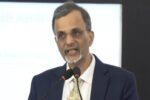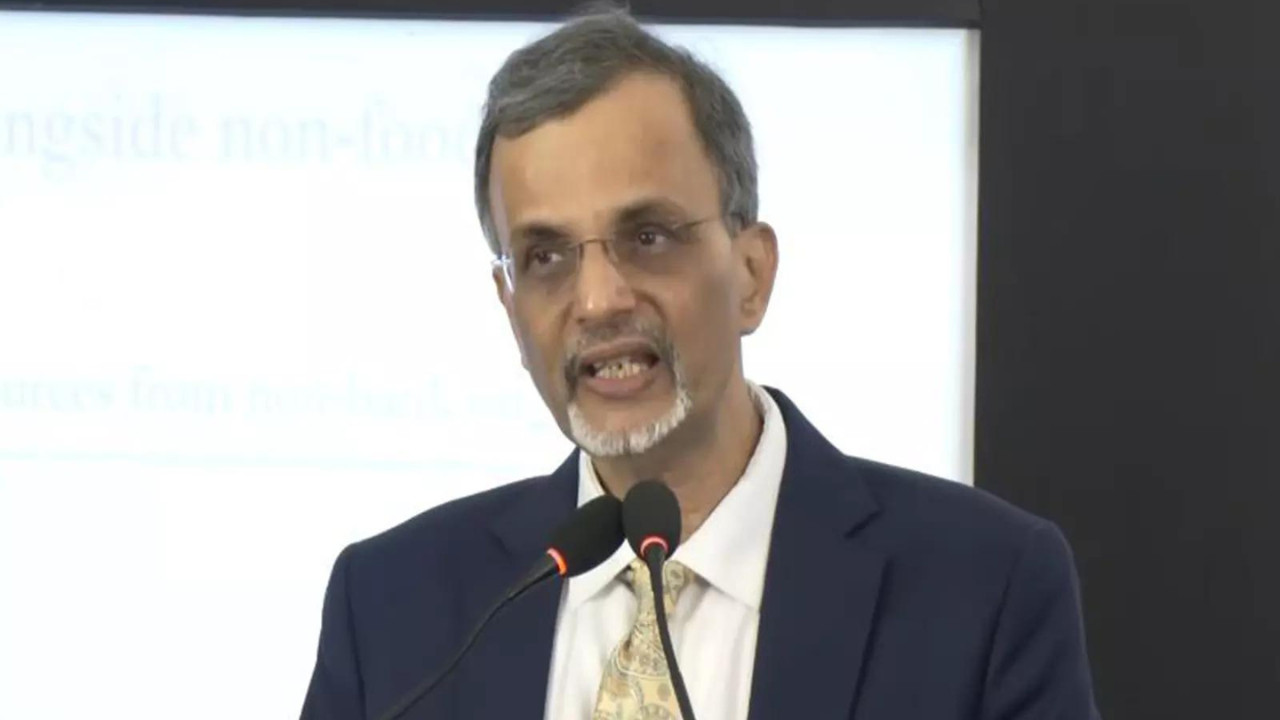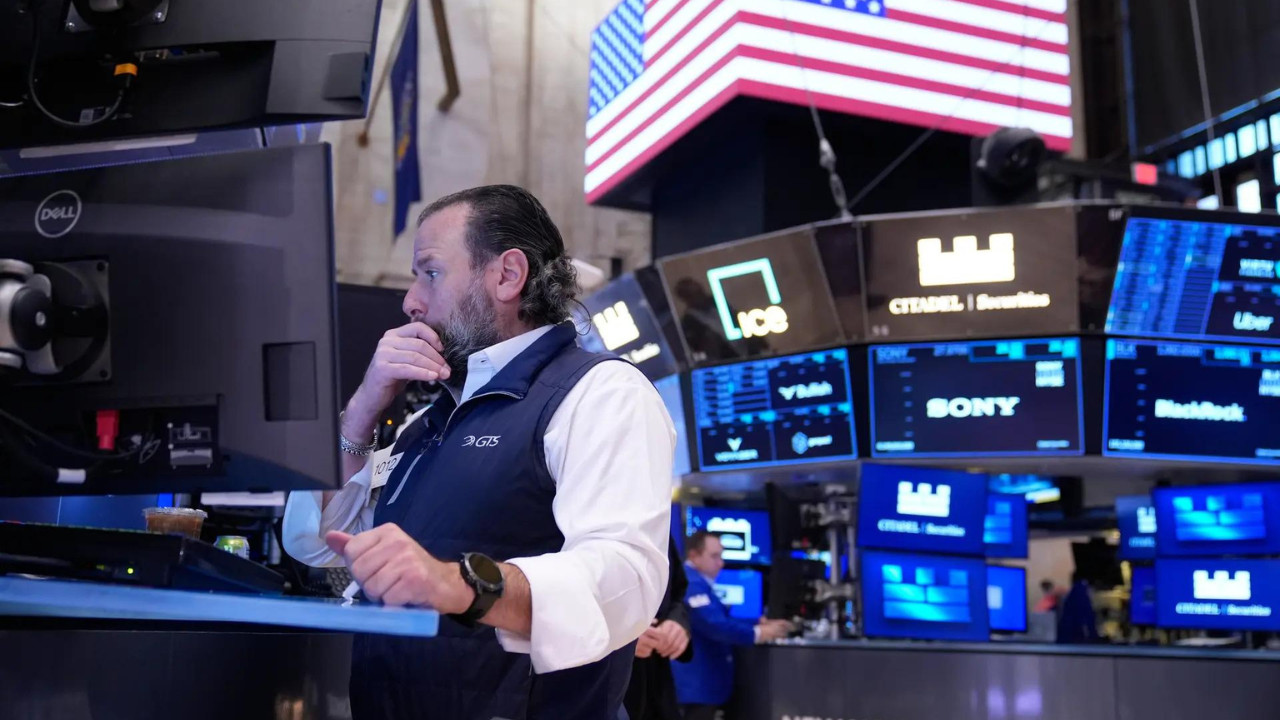US stocks opened higher on Monday, with the S&P 500, Dow Jones, and Nasdaq all advancing. This positive sentiment is driven by expectations of a December Federal Reserve rate cut, overshadowing a setback for Novo Nordisk’s Alzheimer’s drug. Investors are now focusing on consumer strength entering the holiday season.
Wall Street’s Cautious Optimism: Are Rate Cuts Really on the Horizon?
The opening bell on Wall Street this week sounded a little brighter, didn’t it? Following a long holiday weekend, the markets kicked off with a noticeable, albeit hesitant, upward swing. But before we start popping the champagne, let’s unpack what’s fueling this initial burst of enthusiasm and why caution is still the word of the day.
The primary driver? Whispers, or rather, louder pronouncements, of potential interest rate cuts. For months, the Federal Reserve has been playing a high-stakes game of chicken with inflation, wielding interest rate hikes as its weapon of choice. Now, with some indicators suggesting inflation might be cooling, the market is buzzing with anticipation that the Fed could pivot, possibly sooner rather than later.
Imagine the stock market as a stretched rubber band. High interest rates have been pulling it taut, restricting growth and investment. The mere suggestion of easing that tension – of interest rate cuts – releases some of that pent-up energy, causing a rebound. That’s precisely what we’re witnessing, at least initially.
But here’s where the “cautious” part comes in. A holiday-shortened trading week, while offering a welcome respite, also tends to lead to lower trading volumes. This reduced activity can amplify market swings, making them potentially misleading. A small number of trades can have a disproportionate impact, painting a picture that isn’t entirely representative of the overall market sentiment.
Furthermore, the economic data remains a mixed bag. While some inflation metrics show signs of moderation, others remain stubbornly high. The labor market, for instance, is still remarkably robust. This creates a conundrum for the Fed. Cutting rates too soon could reignite inflationary pressures, while waiting too long risks stifling economic growth. It’s a tightrope walk, and the market is acutely aware of the potential pitfalls.

The Data Dance: What to Watch For
So, what should investors be keeping an eye on? Primarily, it’s all about the data. Every economic release, every jobs report, every inflation reading will be scrutinized for clues about the Fed’s next move. The upcoming consumer price index (CPI) figures will be particularly important. A continued downward trend could strengthen the case for rate cuts, while an unexpected surge could quickly dampen the current enthusiasm.
Beyond the hard numbers, pay attention to the messaging coming from the Fed itself. Transcripts of previous meetings, speeches by Fed officials, and any hints dropped during public appearances will be dissected for clues about their thinking. It’s like trying to read tea leaves, but in the world of finance, these subtle signals can have a significant impact.
Navigating the Uncertainty: A Strategy for Investors
Given this environment of cautious optimism, how should investors approach the market? The key is to remain balanced and diversified. Avoid making drastic decisions based on short-term market fluctuations. Instead, focus on building a portfolio that can withstand potential volatility.
Consider diversifying across different asset classes, including stocks, bonds, and potentially alternative investments. Within your stock portfolio, consider companies with strong fundamentals and a proven track record of profitability. These businesses are more likely to weather economic uncertainty.
Finally, remember the importance of long-term investing. Trying to time the market perfectly is a fool’s errand. Instead, focus on building a portfolio that aligns with your long-term goals and risk tolerance. And, speaking of long-term strategies, explore how sustainable investing can play a role in your portfolio.
The Road Ahead: A Delicate Balancing Act
The current market environment is characterized by a delicate balance between hope and caution. The prospect of interest rate cuts is certainly enticing, but the path forward is fraught with uncertainty. Investors must remain vigilant, data-driven, and prepared to adapt to changing conditions.
Ultimately, the future direction of the market will depend on the interplay between economic data, Fed policy, and investor sentiment. It’s a complex equation, and there are no easy answers. But by staying informed, staying balanced, and staying focused on the long term, investors can navigate this uncertain landscape and potentially reap the rewards when the clouds eventually part.







